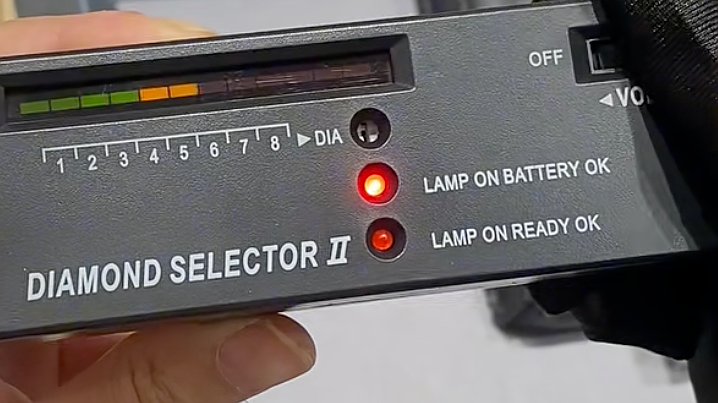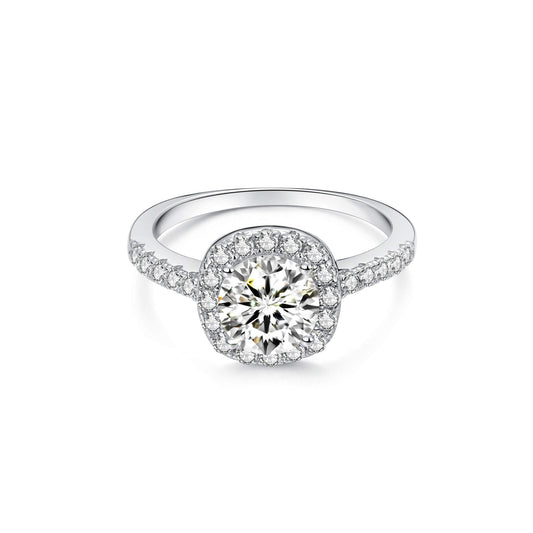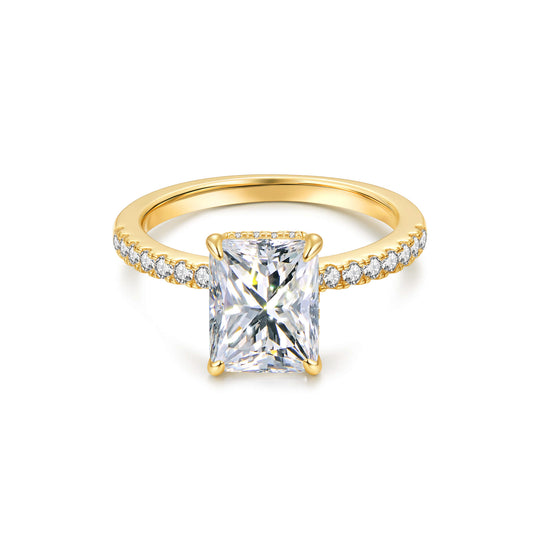Choosing the perfect engagement ring is a significant decision, and it goes beyond just the design or the price tag. The quality of the diamond plays a pivotal role in the selection process, especially when it comes to lab grown diamonds—a popular choice for modern couples seeking ethical and affordable options.
In this guide, we’ll help you navigate the world of lab grown diamonds, focusing specifically on the color and clarity aspects. Whether you’re a jewelry store owner, a wedding planner, or simply someone interested in understanding diamonds better, this comprehensive lab grown diamond color and clarity chart will equip you with all the knowledge you need to make an informed decision.
By the end of this article, you’ll know how to read a diamond’s color and clarity chart and understand how these factors impact a diamond’s overall appeal and value.
Let’s dive into the world of lab grown diamonds together!
What Are Lab Grown Diamonds?
Lab grown diamonds are a modern marvel of science and technology. Created in labs using advanced technological processes, these diamonds possess the same physical and chemical properties as natural diamonds. The key difference lies in their origin: while natural diamonds form deep within the Earth over millions of years, lab grown diamonds are made within a matter of weeks using two primary methods—High Pressure High Temperature (HPHT) and Chemical Vapor Deposition (CVD).
HPHT replicates the natural process by subjecting carbon to extreme pressure and temperature, while CVD uses a vacuum chamber to break down carbon gases and form a diamond layer. Both methods result in stunning diamonds that are indistinguishable from their natural counterparts.
Lab Grown Diamonds vs. Natural Diamonds: Key Differences
While lab grown diamonds are virtually identical to natural diamonds in terms of appearance, they differ in their creation process. Lab grown diamonds have the same optical properties, brilliance, and hardness as mined diamonds, making them a great alternative for buyers seeking ethical and eco-friendly options.
One of the major advantages of lab grown diamonds is their affordability. Due to the shorter production time and the lack of mining costs, they are often priced more competitively than natural diamonds, allowing buyers to enjoy a high-quality diamond at a lower price point.
Understanding the Color of Lab Grown Diamonds
Color is one of the most important factors when evaluating diamonds. The Gemological Institute of America (GIA) and other grading bodies grade diamond color on a scale from D (colorless) to Z (light yellow or brown). The more colorless a diamond is, the more valuable it typically is.
How Color Affects Diamond Quality
• Colorless Diamonds (D-F): These diamonds allow the most light to pass through, resulting in exceptional brilliance. They are the most sought-after and valuable.
• Near Colorless Diamonds (G-I): Slightly tinted diamonds that are still quite brilliant, but their value is lower than colorless diamonds.
• Faint Yellow or Brown (J-Z): These diamonds have more noticeable hues and are priced lower, but they can still be beautiful depending on the wearer’s preference.
In the case of lab grown diamonds, color grading is just as important. A colorless diamond will reflect more light, creating a higher degree of sparkle. However, some buyers might prefer diamonds with a subtle tint for their unique look or budget considerations.
Understanding Diamond Clarity
Clarity refers to the presence of inclusions or blemishes in a diamond. A perfect diamond will have no internal inclusions or external marks. However, most diamonds, including lab grown ones, contain small inclusions that are visible under magnification. The GIA clarity scale ranges from Flawless (FL) to Included (I), with several grades in between.
Clarity Grades
• Flawless (FL): No internal or external inclusions visible under 10x magnification.
• Internally Flawless (IF): No internal inclusions, but some external blemishes might be visible.
• Very, Very Slightly Included (VVS1, VVS2): Inclusions are very difficult to detect, even under 10x magnification.
• Slightly Included (SI1, SI2): Inclusions are visible under magnification but not easily noticeable to the naked eye.
• Included (I1, I2, I3): Inclusions are visible to the naked eye and may affect the diamond’s appearance and durability.
For lab grown diamonds, clarity is important because higher clarity grades usually correlate with better overall appearance. However, diamonds with minor inclusions (like SI1) can still be beautiful and are often more affordable.
Lab Grown Diamond Color and Clarity Chart: What to Look For
Here’s a simplified breakdown of what to look for when choosing a lab grown diamond based on color and clarity:
Color Chart:
• D-F (Colorless): Most brilliant and valuable.
• G-I (Near Colorless): Still looks great, but more affordable.
• J-Z (Faint Yellow/Brown): More affordable but can have a unique charm.
Clarity Chart:
• FL-IF (Flawless/Internally Flawless): Ideal for those seeking perfection.
• VVS (Very, Very Slightly Included): Great clarity, with only minor inclusions visible under magnification.
• SI (Slightly Included): Good balance of quality and value, with slight inclusions.
• I (Included): Visible inclusions that may impact the diamond’s appearance.
Why Choose Lab Grown Diamonds?
For many buyers, lab grown diamonds provide an ideal combination of quality, affordability, and ethics. Here’s why they are a popular choice:
• Ethical & Eco-Friendly: No mining required, reducing environmental and social impacts.
• Cost-Effective: Lab grown diamonds are more affordable than natural diamonds of similar quality.
• Identical to Natural Diamonds: They have the same brilliance, hardness, and appearance as their mined counterparts.
Conclusion: Choosing the Right Lab Grown Diamond
By now, you should feel more confident about selecting the perfect lab grown diamond. The color and clarity charts we’ve shared will guide you in making an informed decision, ensuring you pick a diamond that suits your style, budget, and ethical values.
When choosing a lab grown diamond, remember to focus on the quality that’s most important to you—whether it’s the color, clarity, or both. A knowledgeable jeweler can help you find the perfect match for your engagement ring, wedding band, or any other special occasion.













